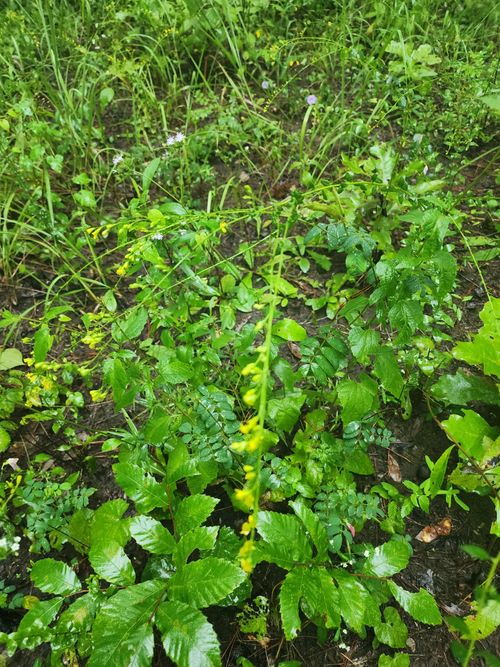Table of Contents for Swallowtail Butterflies and Host Plants in Oklahoma City, OK
The Oklahoma City, OK metro area is located in central Oklahoma. Most of the area is located in Zone 7b. Only the northern half of Logan County is located in zone 7a. In the Oklahoma City area, there are six species of swallowtail butterflies that you can host in your garden.
Location of the Oklahoma City, OK Metro Area

The Oklahoma City, OK metro area is located in central Oklahoma. The city is located in Oklahoma County and the metro area additionally includes the counties of Canadian, Cleveland, Grady, Lincoln, Logan, McClelland, and Pottawatomie. For the purposes of this post we will be discussing those swallowtails that occur in Oklahoma County.
USDA Plant Hardiness Zones in Oklahoma City, OK

The Oklahoma City, Oklahoma metro area is located mostly in Zone 7b. The northern half of Logan County is located in zone 7a. When selecting plants you will want to get those that can handle temperatures as cold as +5F to be sure they will survive and 0F in the northern half of Logan County.
Pipevine Swallowtail (Battus philenor) and its host plants in Oklahoma City, OK




Pipevine Swallowtail (Battus philenor)
The pipevine swallowtail flies throughout the United States, except for the Pacific Northwest. It has orange-brown eggs that are laid on the host plant. The black to brown to red caterpillar with orange markings comes out in the spring. They then overwinter as a pupa (Monroe and Wright 2017). In the spring and into the summer the adult butterflies start to fly. They have a wingspan of 2.5 in (6.4 cm) to 5 in (12.7 cm) inches and are black colored with white markings along the hindquarters.
Plants that Host the Pipevine Swallowtail
The Pipevine Swallowtail is generally hosted by members of the birthwort family (Aristolochiaceae). Only one species, wild ginger (Asarum canadense), is located in the Oklahoma City, OK area.
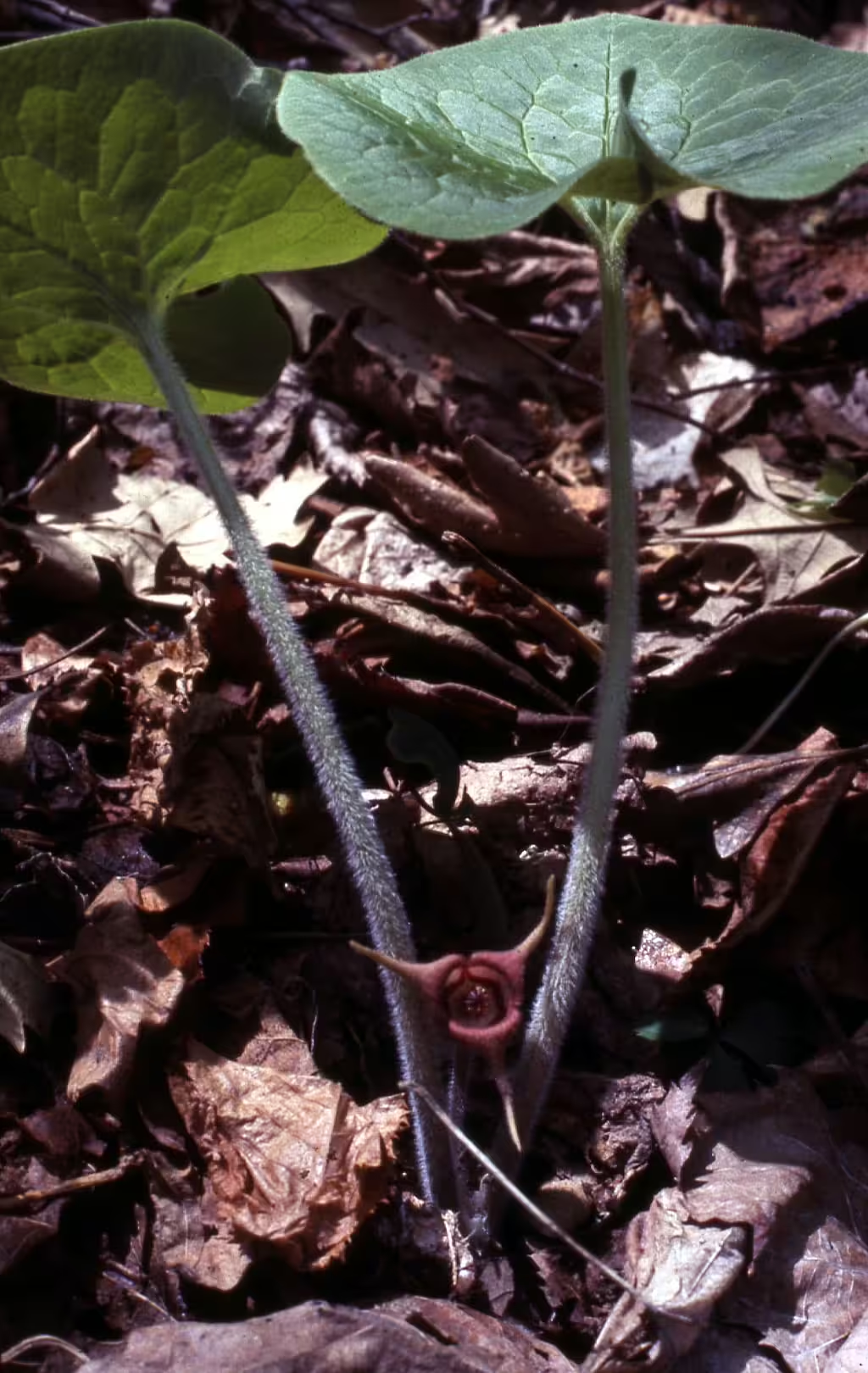
Giant Swallowtail (Papilo cresphontes) and its host plants in Oklahoma City, OK
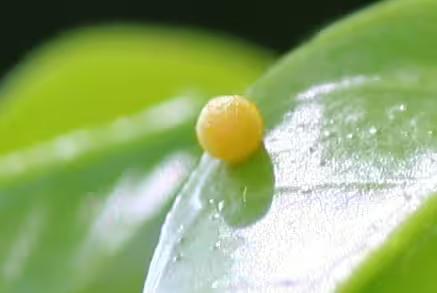



Giant Swallowtail (Papilio cresphontes)
The giant swallowtail flies throughout the United States and southeast Canada, except for the northwest. Beyond North America it ranges into Central America and the Caribbean Islands. It is the largest butterfly in North America (Wikipedia).
The giant swallowtail has brownish-orange eggs that are laid on the host plants. The caterpillars have five stages or instars before pupating, which takes about two weeks. The adult butterflies have a wingspans ranging from about 5.5 in (14 cm) to 7.5 in (19 cm) and are black and yellow colored.
Plants that Host the Giant Swallowtail
The Giant Swallowtail is hosted by members of the Rutaceae, of which there are two primary species in the Oklahoma City area:
- Common Hoptree (Ptelea trifoliata) — a small native tree
- Toothache Tree (Zanthoxylum americanum) — a tree

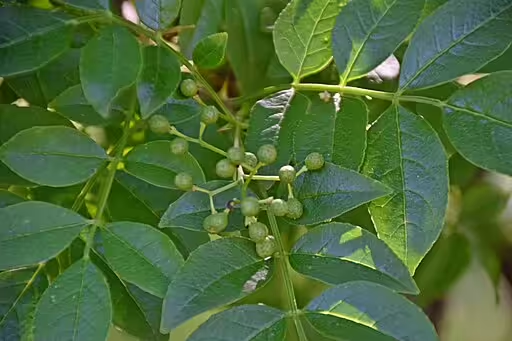
Eastern Tiger Swallowtail (Papilio glaucus) and its host plants in Oklahoma City, OK

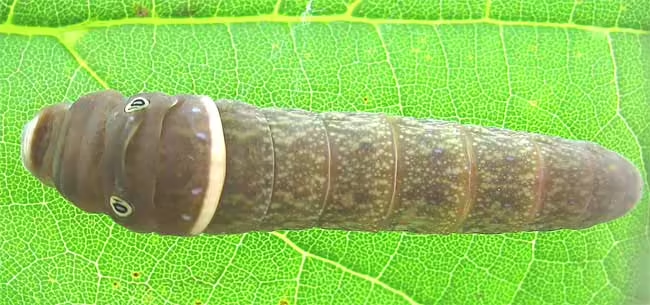

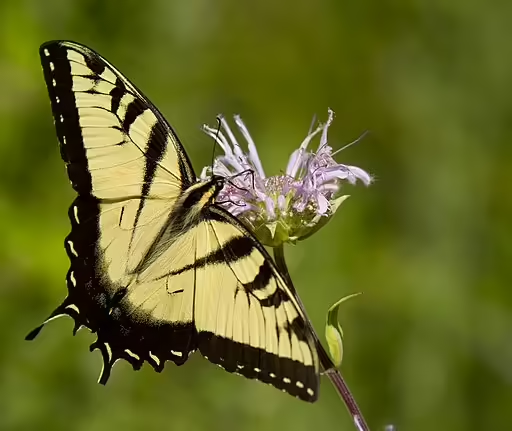

Eastern Tiger Swallowtail (Papilio glaucus)
The eastern tiger swallowtail flies in the mid-western and eastern United States from the Rocky Mountains and east. In the Eastern US it is likely one of the most distinctive swallowtails. The light green eggs are laid on the host plants. The caterpillar has five stages; with the first three a brown color and the last two as a green color. The brown chrysalis is placed in on trunks or on fallen leaves.
The adults have a wingspan of 3 in (7.5 cm) to 5.5 in (14 cm) and have two color schemes. The yellow and black is the most distinctive, but the females also have a dark black phase that mimics the pipevine swallowtail (see image). Generally there are two broods in Pennsylvania (Monroe and Wright 2017).
Plants that Host the Eastern Tiger Swallowtail
The eastern tiger swallowtail is a generalist and uses members of a number of genera as host plants. Some species in the Oklahoma City, OK area include:
- Members of the Prunus genus (Cherries and Plums); shrubs or small trees
- River Birch (Betula nigra): a tree
- Members of the Populus genus (Poplar and Cottonwood): trees
- Members of the Fraxinus genus (Ash): trees
- Spicebush (Lindera benzoin): a shrub or small tree


Black Swallowtail (Papilio polyxenes) and its host plants in Oklahoma City, OK

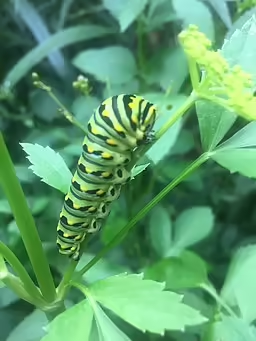

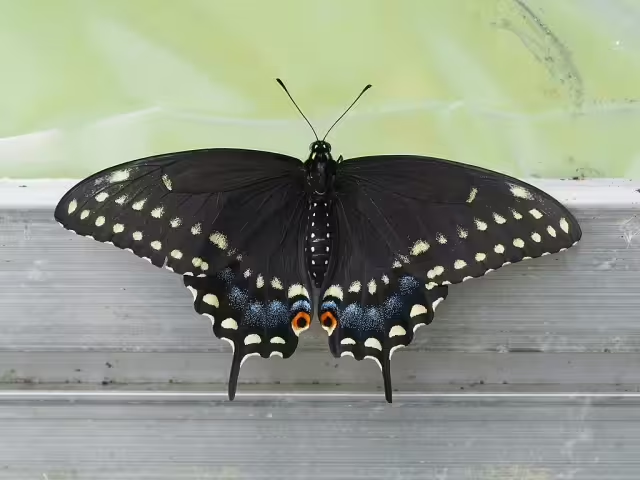
Black Swallowtail (Papilio polyxenes)
The Black Swallowtail flies in most of the United States, except for the Northwest. The yellow eggs are laid on the host plants and take about a week to hatch. The caterpillars are at first black colored but later have green, black, and yellow coloring and last from a week to a month. The butterflies then survive the winter as a chrysalis.
The adults have a wingspan of 2.5 in (7 cm) to 3.5 in (8.5 cm) and are black colored with yellow spots along the wings and a red eyepsot near the tail on the top. The underside has orange spots. This butterfly may have up to three broods and flies till early October (Clark 1938).
Plants that Host the Black Swallowtail
The black swallowtail is a generalist and uses members of the carrot family (Apiaceae) as host plants. Some examples of carrot family members in Oklahoma City include:
- Spotted Water Hemlock (Cicuta maculata): a herbaceous plant
- Button Eryngo (Eryngium yuccifolium): a herbaceous plant
- Carrot-leaf Desert-parsley (Lomatium foeniculaceum): a herbaceous plant
- Aniseroot (Osmorhiza longistylis): a herbaceous plant (native in outlying areas)
- Herbwilliam (Ptilimnium capillaceum): a herbaceous plant
- Canadian Black Snakeroot (Sanicula canadensis): a herbaceous plant
- Golden Alexanders (Zizia aurea): a herbaceous plant (native in outlying areas)


Spicebush Swallowtail (Papilo troilus) and its host plants in Oklahoma City, OK



Spicebush Swallowtail (Papilio troilus)
The spicebush swallowtail flies in the mid-western and eastern United States. In the Oklahoma City area this species is likely a stray from the east.
The greenish eggs are laid on the leaves of spicebush. The caterpillars are brown at first but then turn yellow. The chrysalis is attached to leaves on the ground. The adults have a wingspan of 3 in (7.6 cm) to 4 in (10.2 cm) and are black with white spots along the bottom and a red eyespot on the bottom middle.
Plants that Host the Spicebush Swallowtail
As the common name would suggest, spicebush (Lindera benzoin) is a host plant for the spicebush swallowtail as is the sassafras (Sassafras albidum), both of which are members of the Laurel Family (Lauraceae). Only one, sassafras, is found in the Oklahoma City, OK area and the spicebush swallowtail only feeds on members of the Lauraceae (Scriber et al 2008).

Zebra Swallowtail (Protographium marcellus) and its host plants in Oklahoma City, OK



Zebra Swallowtail (Protographium marcellus)
The Zebra swallowtail flies in the mid-western and eastern United States. The green to brown eggs are laid on the leaves of the host plant, which is the pawpaw. The caterpillars have two color variations, first black and then later stages are more colorful with green and yellow stripes. The brown chrysalis can overwinter in places of cold temperatures (Wikipedia).
The black and white multi-colored adults have a wingspan of 2.5 in (6.4 cm) to 4.5 in (11.4 cm) and fly from February to December with a more restricted season in more northern places. The early season brood can be smaller and has a shorter tail than the later summer brood that is larger and has a long tail (animaldiversity.org).
Plants that Host the Zebra Swallowtail
The zebra swallowtail uses members of the Custard Apple Family (Annonaceae) as host plants. Pawpaw (Asmina triloba), which is at the western edge of its range is the only species in this family in Oklahoma City.

Nectar Plants to Consider Putting in Your Garden

While the swallowtails need certain species of plants to use as hosts, the adults also need nectar plants to visit in order get nourishment. Nectar plants can also help other insects such as bees. Some common nectar plants that can be grown in the Oklahoma City, OK area include:
- Milkweeds (Asclepias spp.) — Also benefits the Monarch Butterfly (Danaus plexippus)
- Joe-Pye-Weeds (Eutrochium spp.)
- Blazing Stars (Liatris spp.)
- Coneflowers (Rudbeckia spp.)
- Goldenrods (Solidago spp.)
- Asters (Symphyotrichum spp.)
- Ironweeds (Vernonia spp.)
Frequently Asked Questions
How much land do I need to start a butterfly garden?
Every plant that you can grow can make a difference for visitors to your garden, especially in urban areas. Potted plants are also useful en masse for pollinators. When planting your garden, make sure you plant both the host plants and nectar plants for the adults to feed on.
Where should I get my plants?
For pollinators, it is best to have native plant species. The insects will be used to these plants more than ones from other places. Be sure you get your plants from a reputable nursery does not use neocontinids that would harm visitors to your garden.
Are there gardens near me, where I can see an example of a butterfly garden?
There are several gardens in the Oklahoma City Area that can be visited in order to get ideas for your Butterfly Garden. These include the:
Botanic Garden at Oklahoma State University: a garden north of Oklahoma City in Stillwater that has a butterfly garden.
Gardens at the Science Museum of Oklahoma: a larger garden that has a native plant garden.
Myriad Botanical Gardens: a large botanical garden that has a prairie garden.
Oklahoma City Zoo: a zoo with a native plant garden and a large butterfly garden.
Books where you can find out more about Butterfly Gardening in the Oklahoma City, OK Area
- Barnard, Iralee. 2014. Field Guide to the Common Grasses of Oklahoma, Kansas, and Nebraska. University Press of Kansas. 246 pp.
- Dole, John M., Walter B. Gerard, and John M. Nelson. 2004. Butterflies of Oklahoma, Kansas, and North Texas. University of Oklahoma Press. 282 pp.
- Kirkpatrick, Zoe Merriman. 2008. Wildflowers of the Western Plains: A Field Guide. Bison Books.
- Miller, George Oxford. 2021. Native Plant Gardening for Birds, Bees & Butterflies. Southwest – Nature-Friendly Gardens. Adventure Publications. 276 pp.
- Scothorn, Connie and Brian Patric. 2019. Oklahoma Native Plants – A Guide to Designing Landscapes to Attract Birds and Butterflies. Roadrunner Press. 116 pp.
Affiliate Disclosure: When you click on links to various merchants on this site and make a purchase, this can result in this site earning a commission at no extra cost to you. Affiliate programs include, but are not limited to, the eBay Partner Network and Blackwell’s Books.
References
- Monroe, James L. and David M. Wright. 2017. Butterflies of Pennsylvania. (Pittsburgh, PA: University of Pittsburgh Press). 304 pp.
- Scriber, Mark J., Michelle L. Larsen, and Myron P. Zalucki. 2008. Responses of North American Papilio troilus and P. glaucus to potential hosts from Australia. Journal of the Lepidopterists’ Society 62: 18-30.

